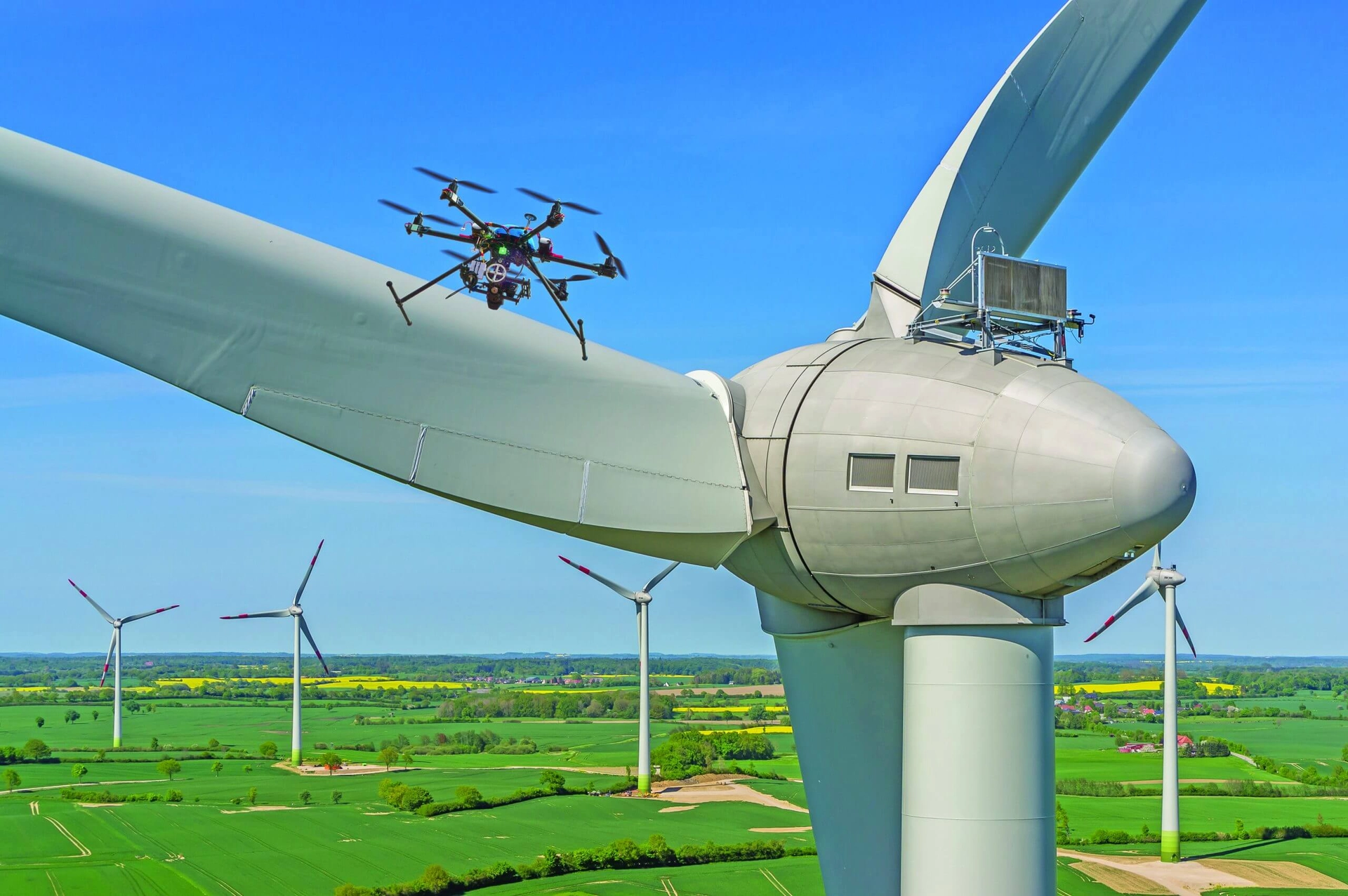Automatic Growth Tracking System for Medical Plants
- #AgriTech
- #AI
- #Computer vision
- #Data analytics
- #Greenhouse
- #IoT
About the Client
A pharmaceutical company engaged in the automated production of medicinal plants.
Business Challenge
Our client experimented with various agrotechnical practices applying them to each bush. Despite using robots with cameras for plant observation, the client needed more automation of the ripening process itself.
When dealing with flowering plants, it’s crucial to monitor vertex growth and handle anomalies at the top level with further pattern analysis and improvement. So, the project’s objective was to develop a system for detecting and identifying vertices to gather information on the growing process for each vertex to determine the aging and anomalies.
Solution Overview
We used HD camera-equipped robots for the periodical circuiting of the plantation capturing images from two cameras every hour.
Then we created a computer vision tool that takes images made in various zones with different time intervals. The solution identifies growing vertices and determines their bud size, providing information on the growth process of each vertex. By using the hourly transmitted images as input, the tool generates comprehensive analytics on the overall growth process as each vertex develops.
Project Description
We trained a neural network on a labeled dataset to detect growing vertices, which required splitting one image into six pieces for this task. Then, we determined the vertices’ bud size by identifying spots with similar characteristics based on parameters such as color (dark or light), shape (circularity, convexity, and inertia), and area. To facilitate the analysis, we considered a one-week image gap as the most reasonable interval for change detection and tracking.
Next, we developed tracking algorithms using various combinations of the detections’ features, including distances from targets to others, angles between them, and threshold limitations. The process of vertex tracking was challenging due to the plants’ tendency to change the direction of their growth rather than growing strictly upward. To address this issue, we created a map by dividing the image into sectors and then compared it with the previous photo to identify the specific vertices.
As a result, we got 90% of accuracy in plant vertices detection, spending about 20 seconds analyzing an image with an embedded device.
Let's discuss your idea!
Technological Details
Quantum deployed the solution on Jetson TX2. The data was labeled using the Labeling tool. After getting bounding boxes from the tool, the YOLO model was trained to detect growing vertices.
We implemented a custom Python algorithm that used a striking distance vector to describe every growing vertex on the image. For bud sizes, we tuned an OpenCV bbDetector. In the end, the system tracked the growth process of every plant’s vertex.









